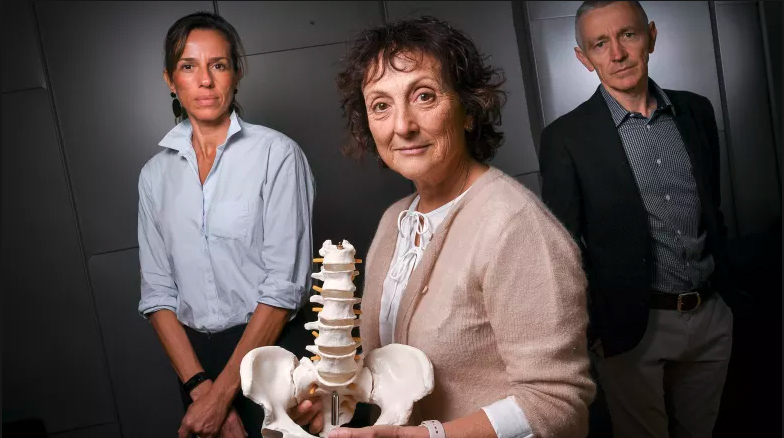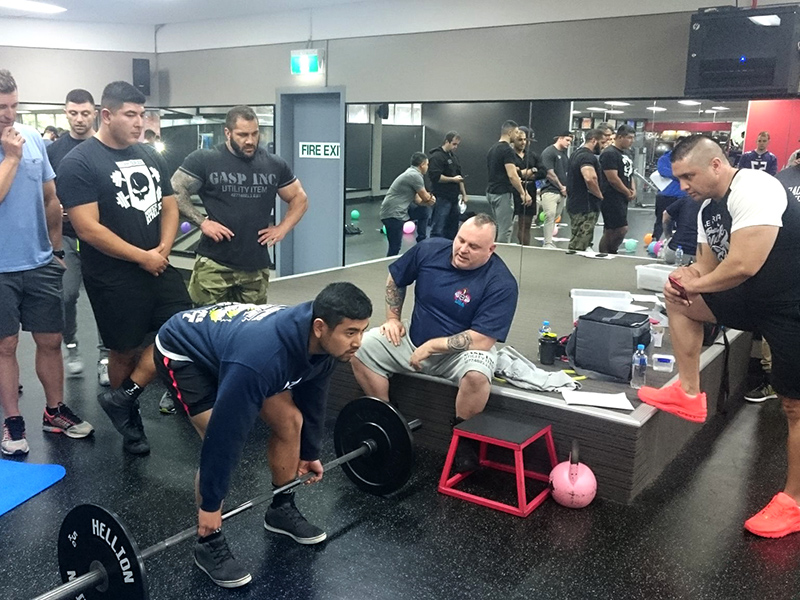“Thousands of back pain sufferers given ‘harmful’ treatments”
Interesting public debate going on this week in regards to effective treatment for lower back pain.
Although I agree with the main point the article is trying to make, that back pain sufferers are at the mercy of a lot of snake oil salesmen, there are some glaring errors in the stance of those interviewed.

Article link: Sydney Morning Herald Article: thousands-of-back-pain-sufferers-given-harmful-treatments
Lets look at the biggest sore point for me:
“Nearly all cases have no specific cause. “We still don’t know why there are so many sufferers,” Professor Buchbinder says.”
Something that I not only stand by, but more importantly HAS been proven, is Professor Stuart McGill’s statement: “There is no such thing as non-specific back pain, there is always a cause.”
In short, if you successfully manage the cause of the damage, you will successfully manage the pain.
A big part of how I approach back pain with clients is to help them identify and remove bad posture and movement habits that aggravate the back. If you do not do this, it is simply akin to having a cut on your skin and never letting it heal by constantly picking at it.
Lets look at another point:
“The best treatments happen to be the cheapest: exercise therapy and psychology. Above all, simply staying active when your back hurts is the best medicine.”
I would, agree with most of this statement. An active back will generally improve faster than one that does not move. However, linking to the point above, when it comes to psychology, the work needs to be done in identifying and remove faulty movement patterns and postures – more often than not, simply making someone aware of that they are have them can be a battle in itself.
Expert Opinion: Dr. Andrew Lock
I’ve added a comment from Dr Andrew Lock (who is far better at explaining the finer points of this argument than me) to further clarify the point of “There is no such thing as non-specific back pain” and how this article completely misses it.
Dr. Lock:

“I had a quick read. The point that incorrect medical directions dominate Low Back Pain is valid. Unfortunately the rest of the study discussions show how the authors are not biomechanists.
It is appalling that Professor Rachelle Buchbinder states Nearly all cases have no specific cause. “We still don’t know why there are so many sufferers,”
This just shows she is not a biomechanist or has ever understood the work of Professor McGill (over 300 published studies) and the work that began with Mixter and Barr in 1934 where they demonstrated the disc relationship. She appears to ignore work by Robin McKenzie, Professor Adams and Bogduk and their work in the biomechanics of Back Pain.
So as an “Academic” she appears to be ignoring the mountain of anatomical and biomechanical evidence that show Low Back Pain is very easy to diagnose and solve in MOST cases and is simply looking at statistics in what I consider to be poor studies in the first place.
Why would a patient ever see her for advice when she states now she does not know and cannot determine the cause of Low Back Pain.
I’ve seen over an estimated 60,000 patients in Australia, New Zealand, USA, South America and Europe and never once said that back pain is “Non-Specific”.
It is specific and if you ask the right questions and correct tests you get a very clear solution.
BTW I thought Professor Chris Maher showed appalling language as a Professor “People are being treated with too much of the wrong stuff and missing out on the right stuff,” stuff?.
Lucky I decided to be a clinician and educator rather than hide in academia where you can say, like Sgt Schultz “I know nothing” and get paid to publish it.”
I think that just about sums up the current situation in regards to successfully managing lower back pain.
The community at large knows there are issues, however, not everyone is taking the time to fully explore the root of the issue before posting a public opinion on it.
